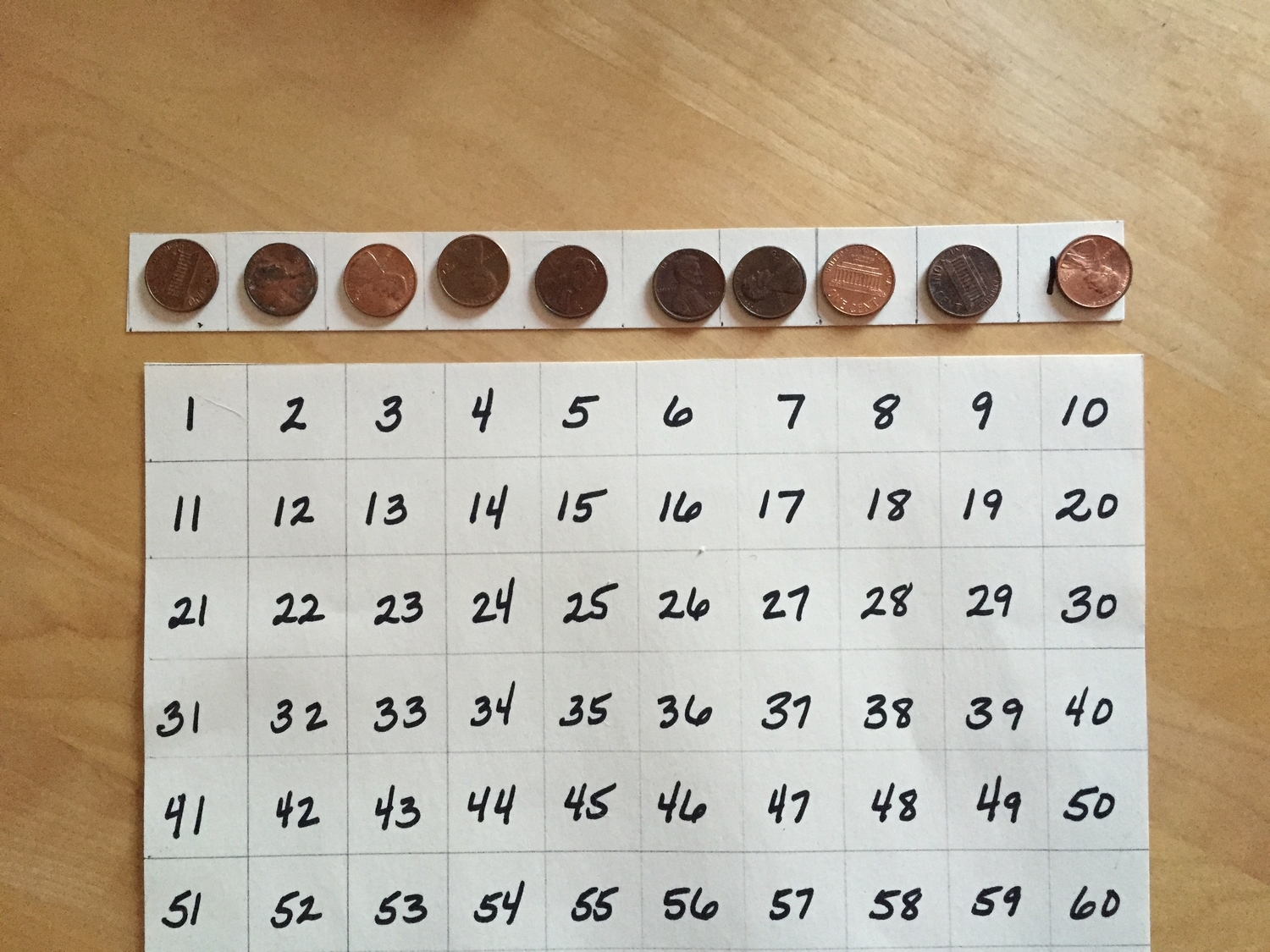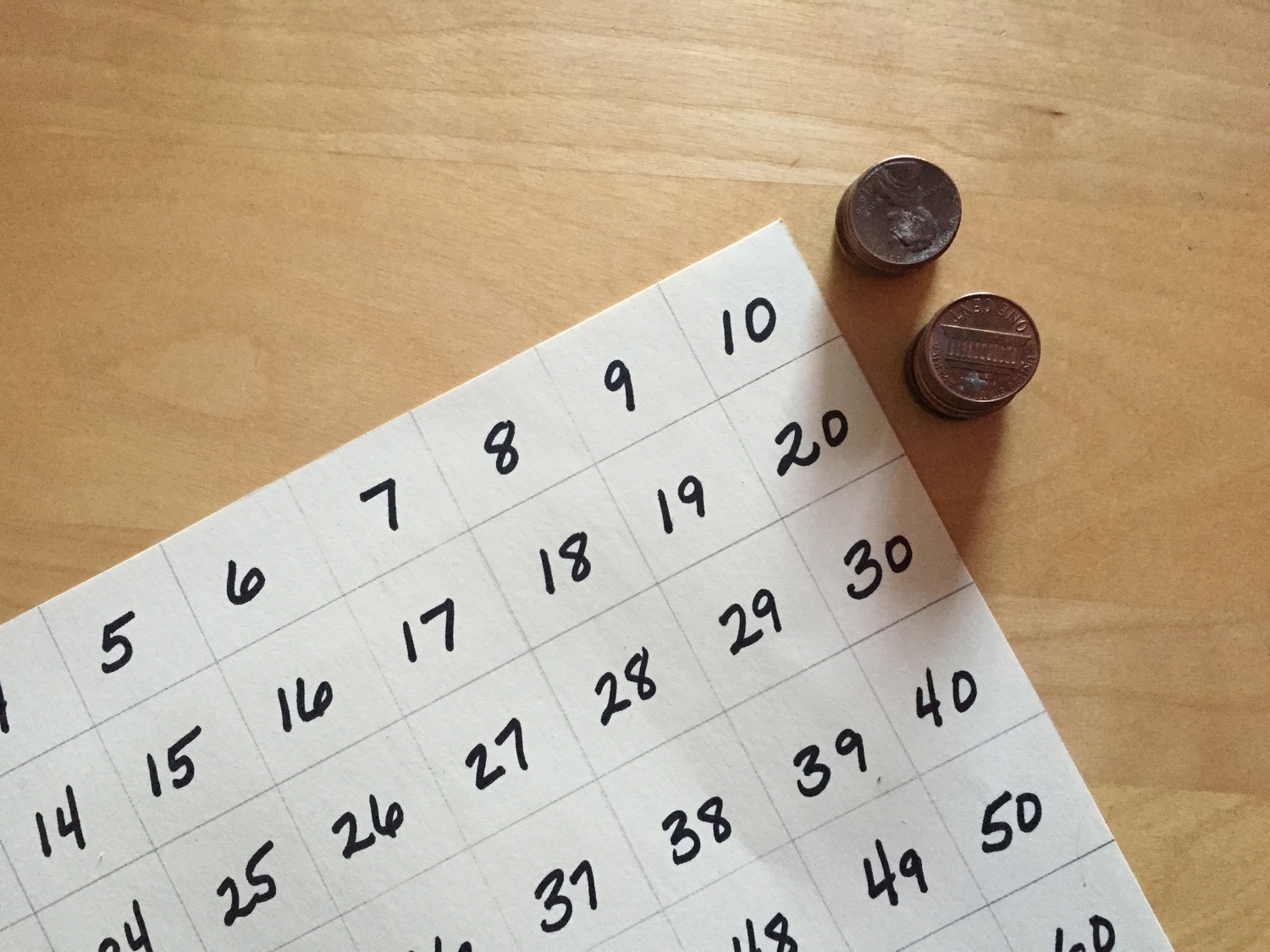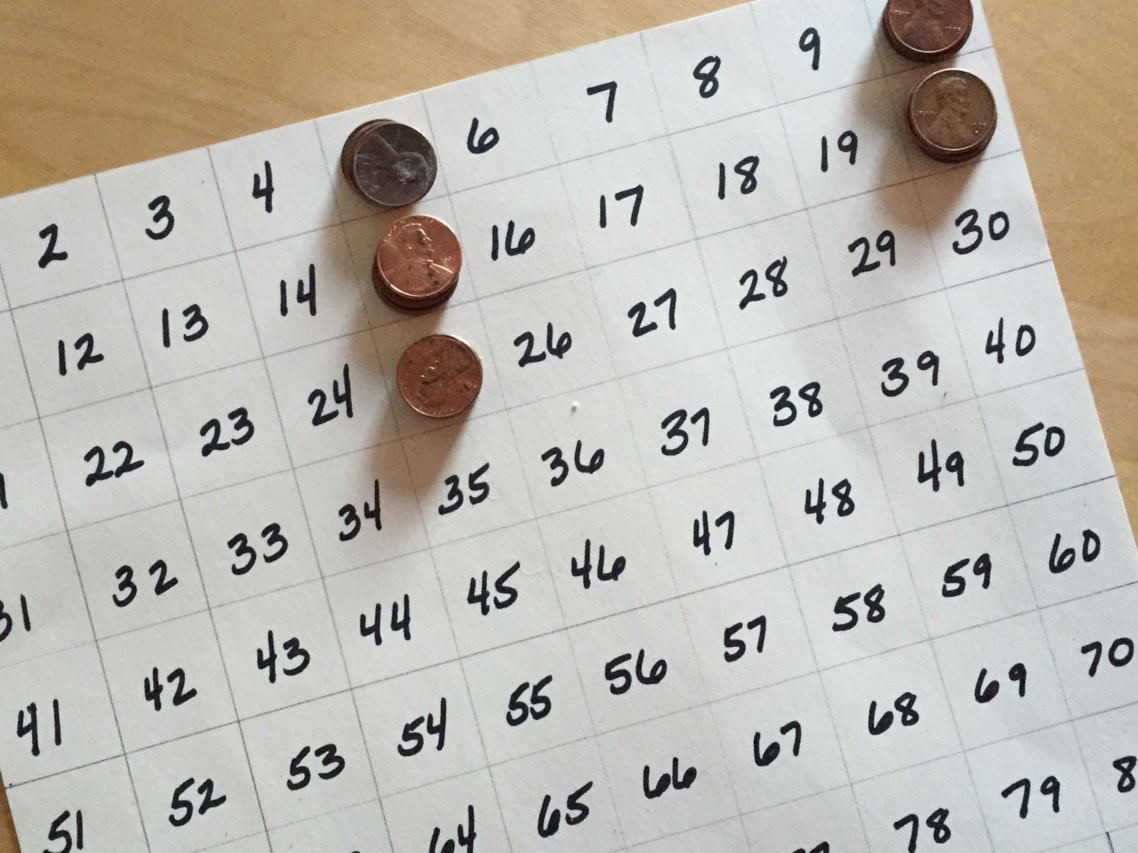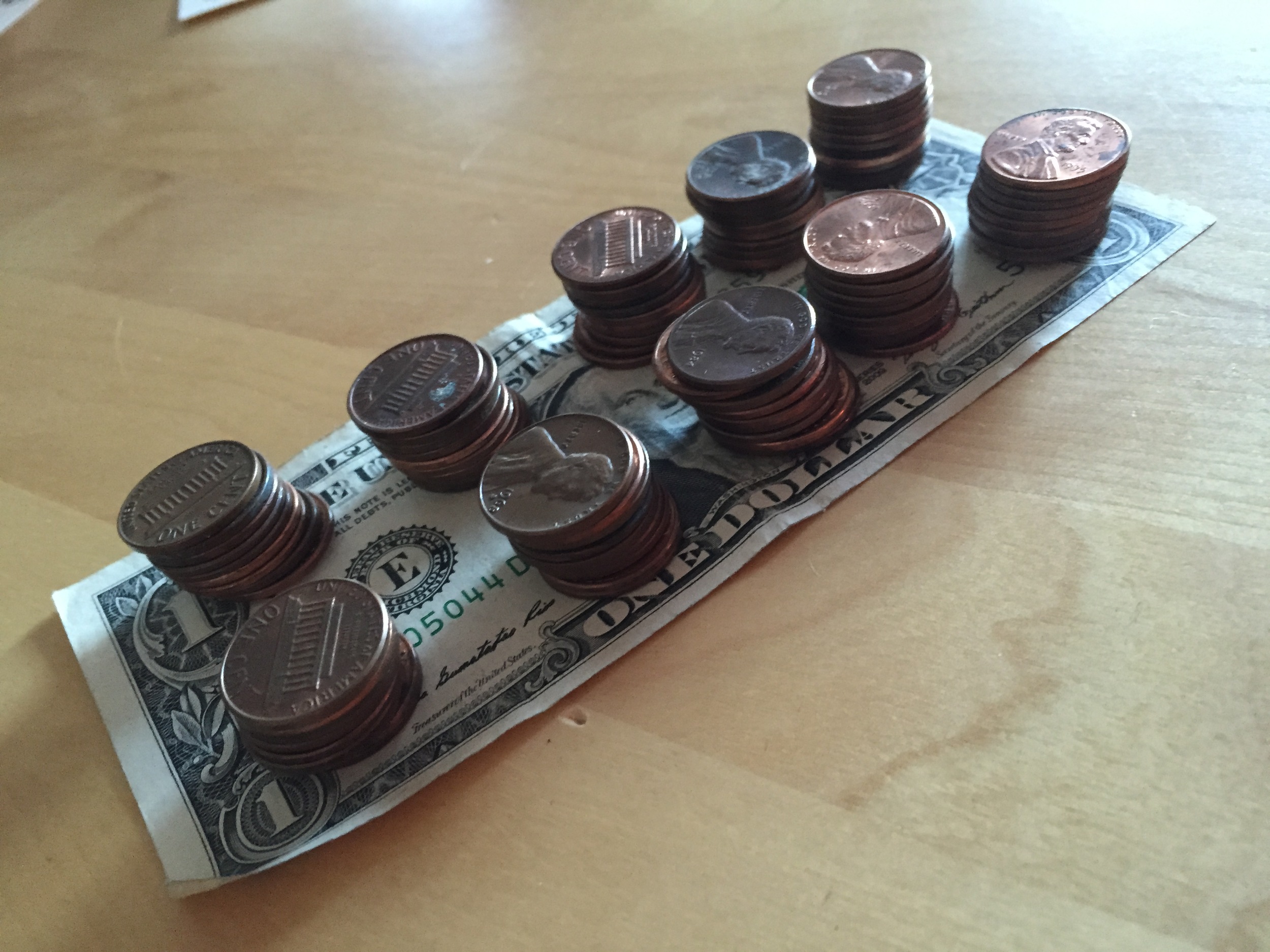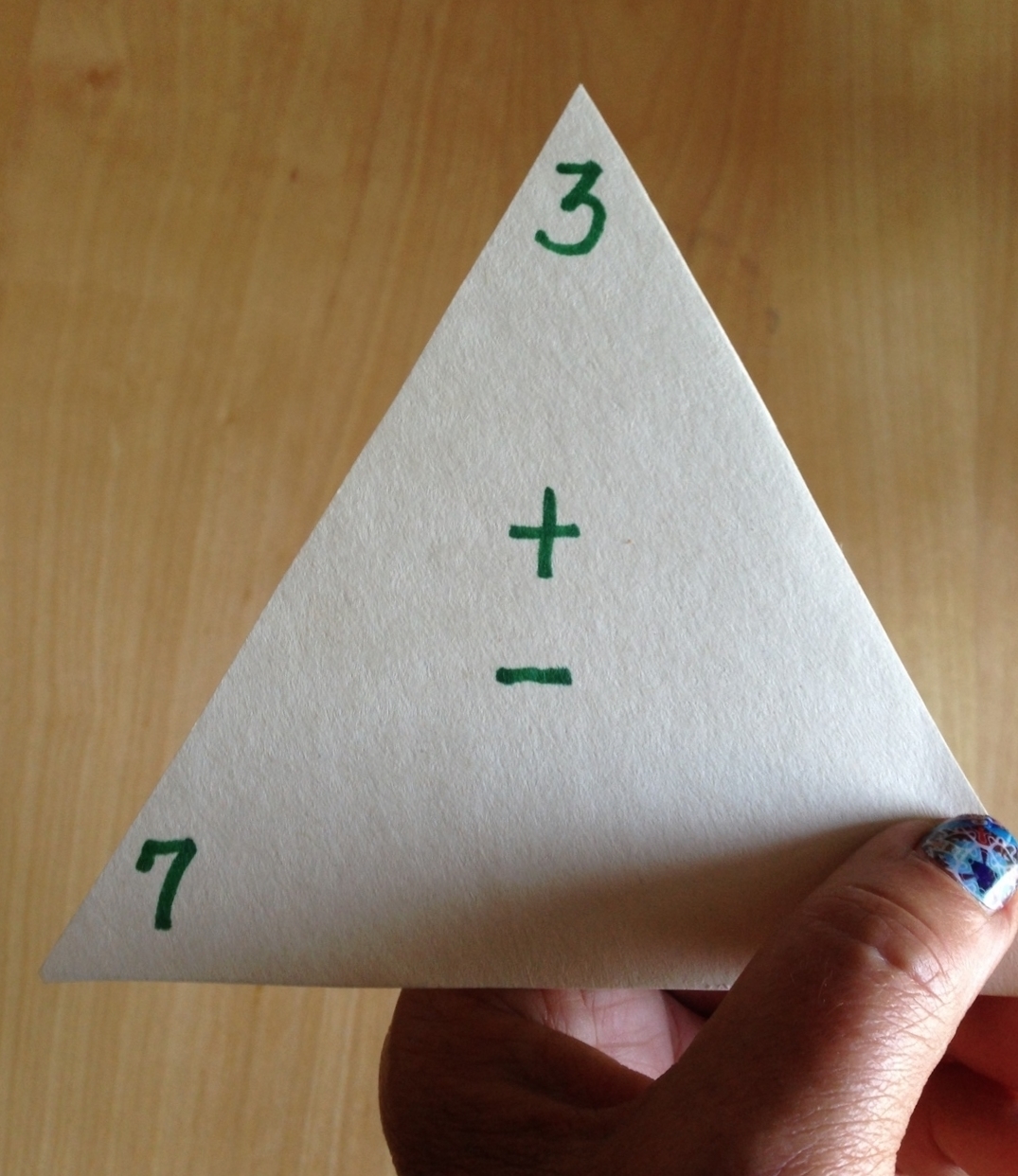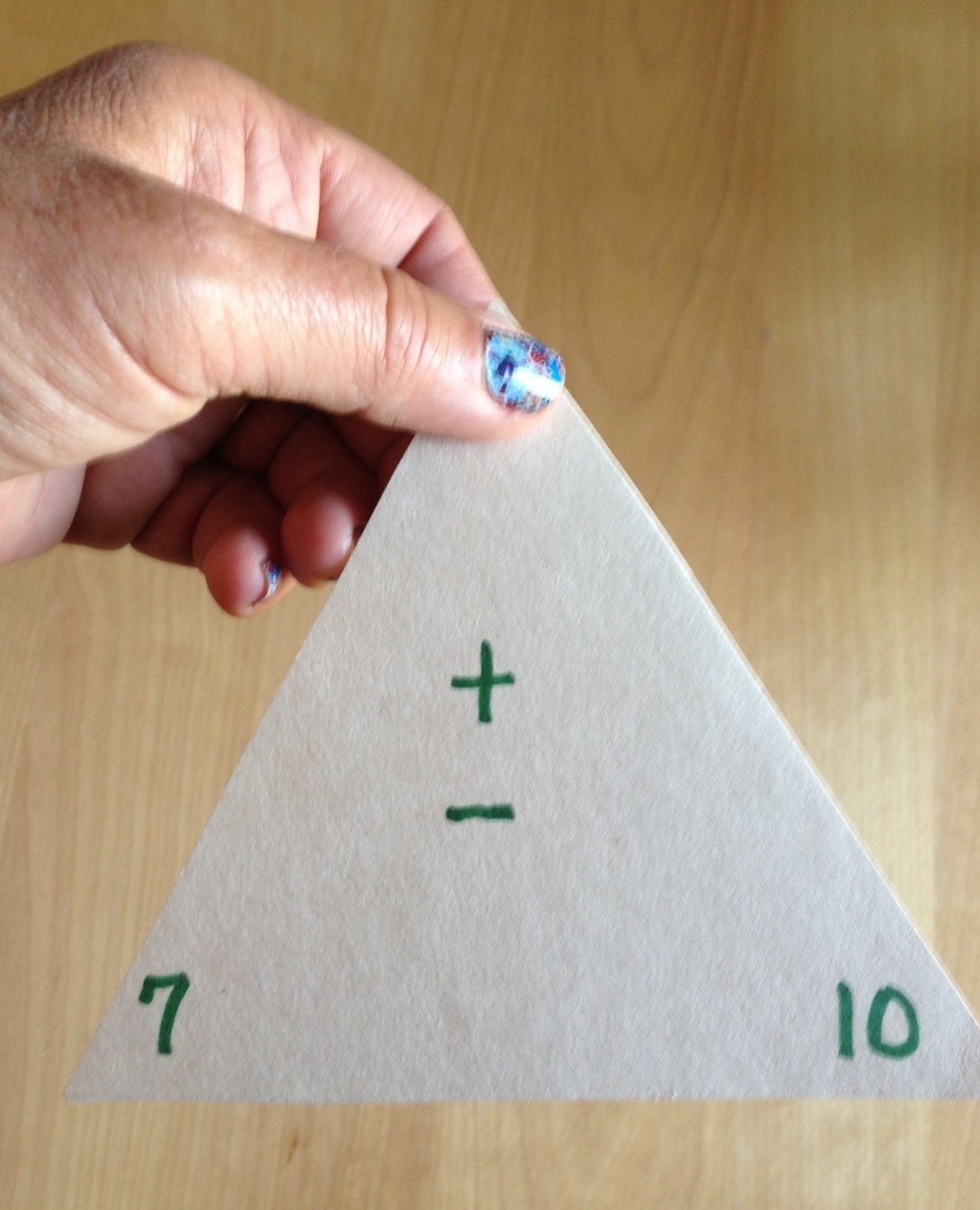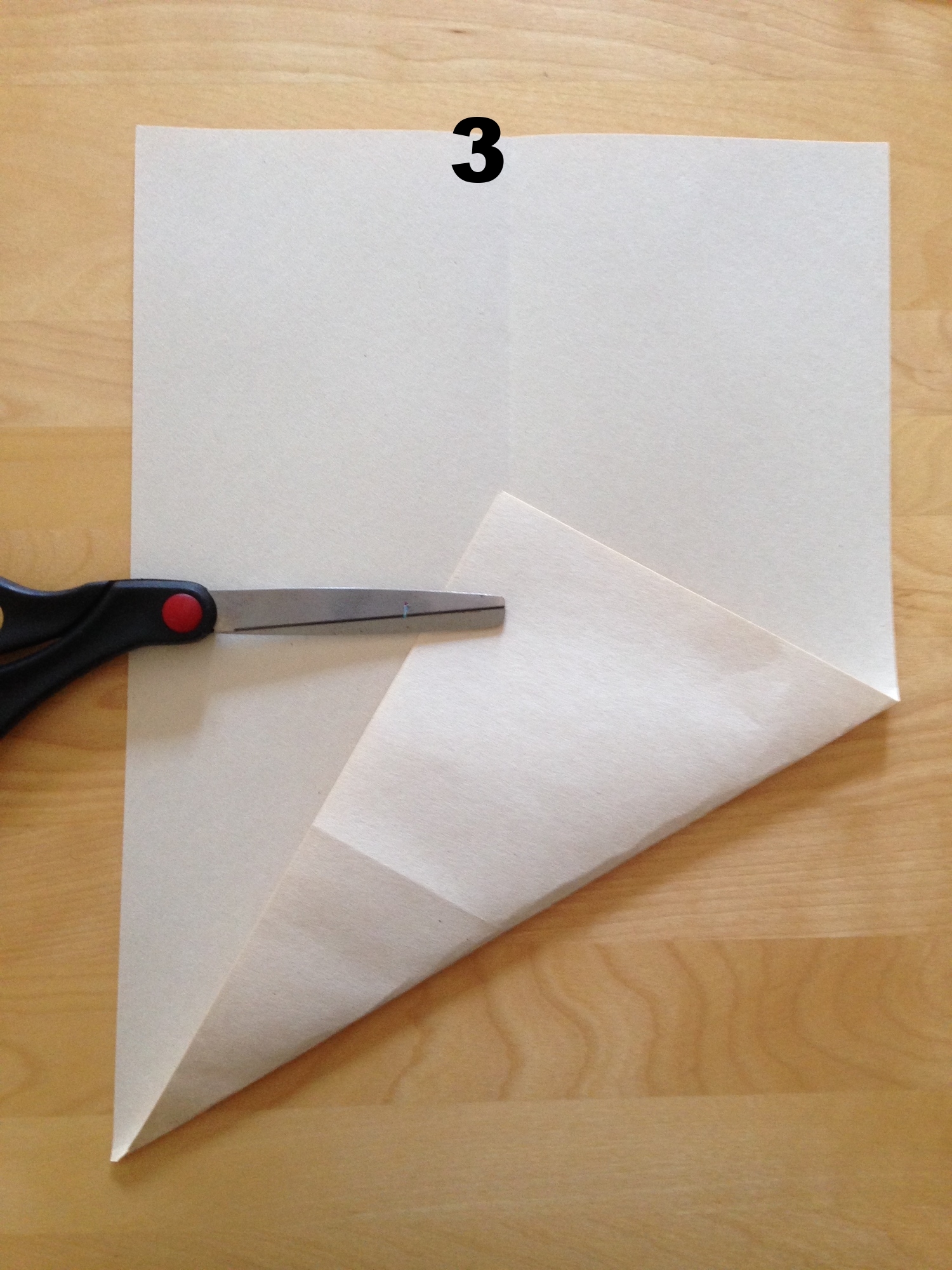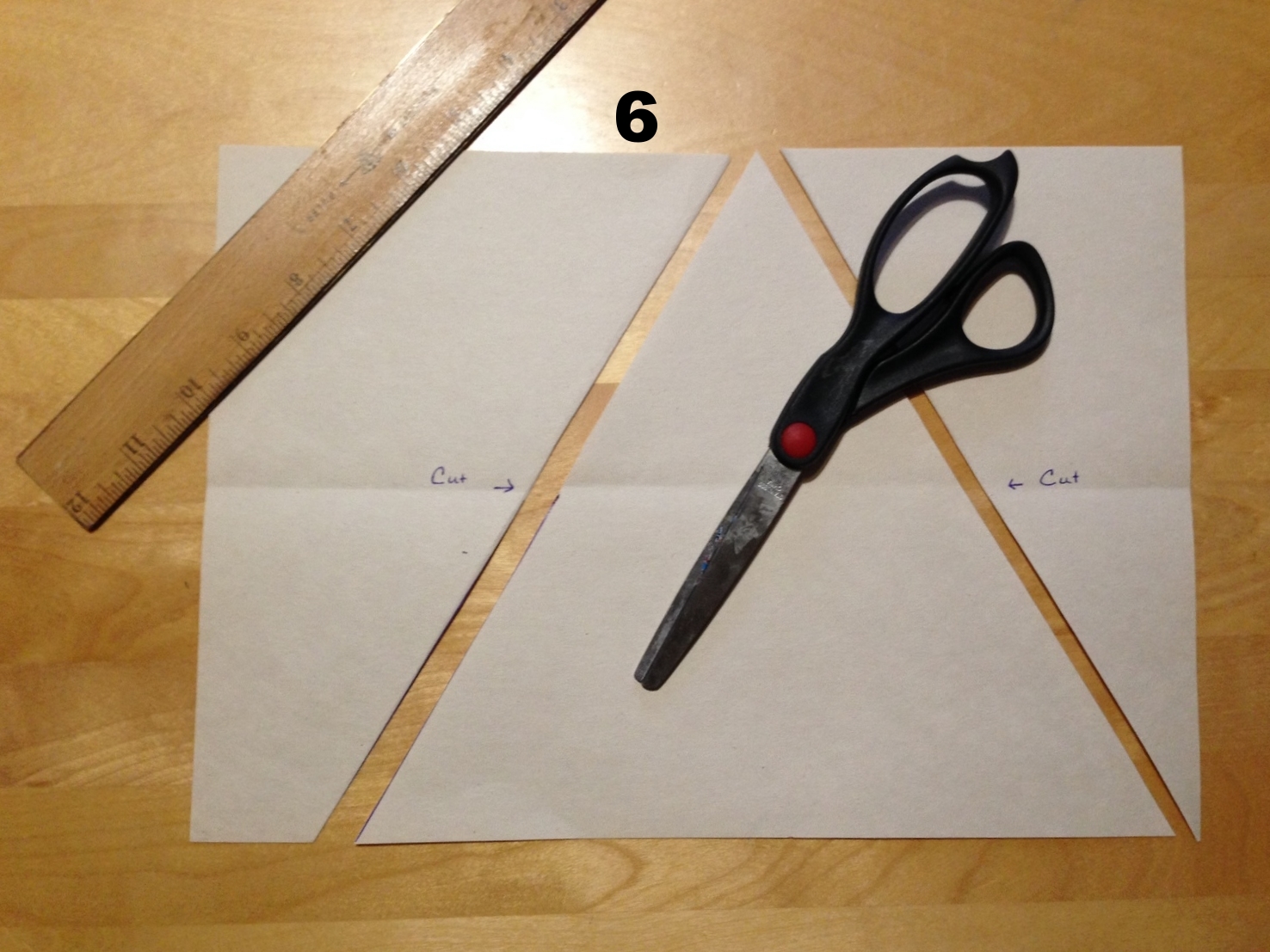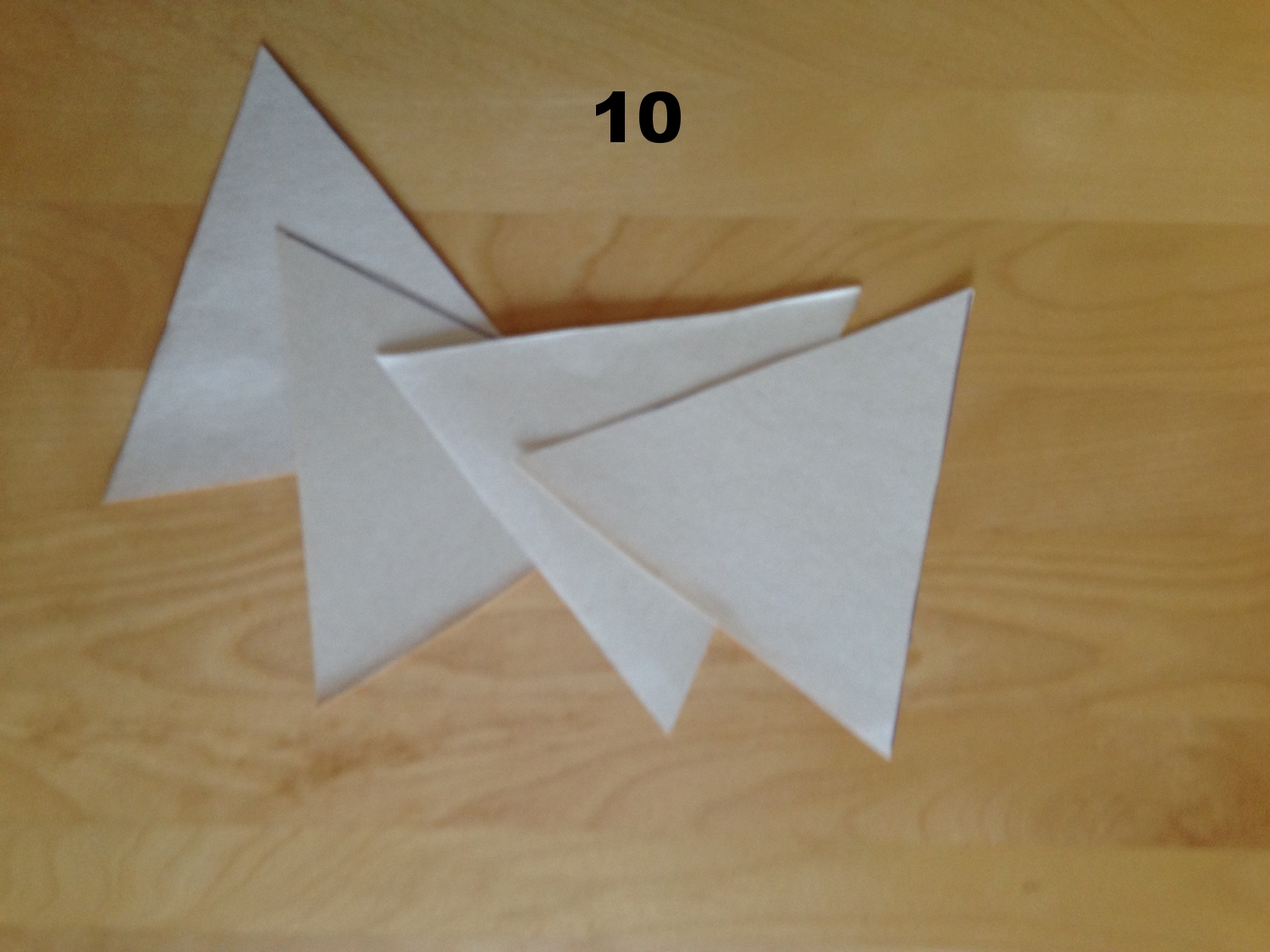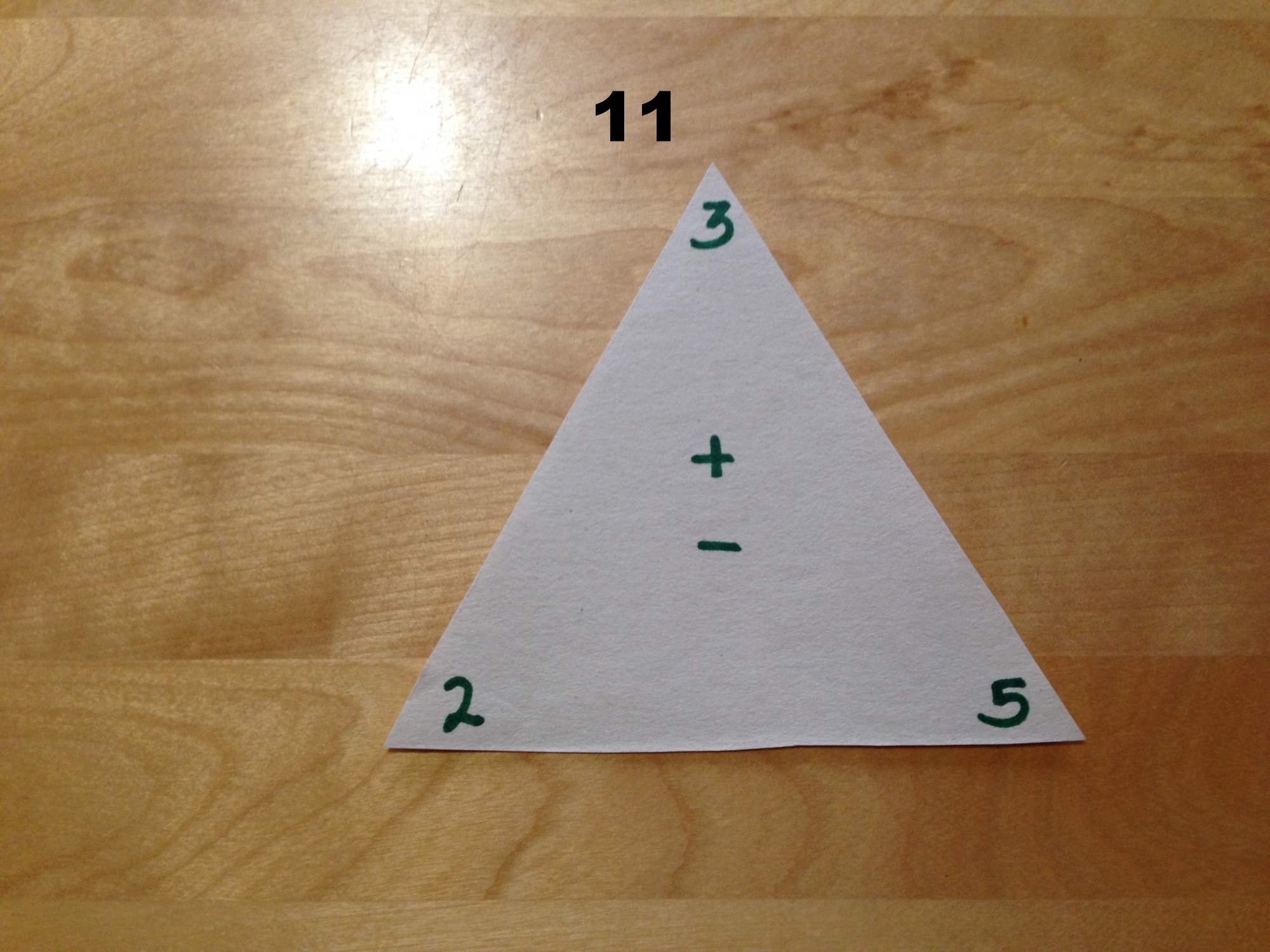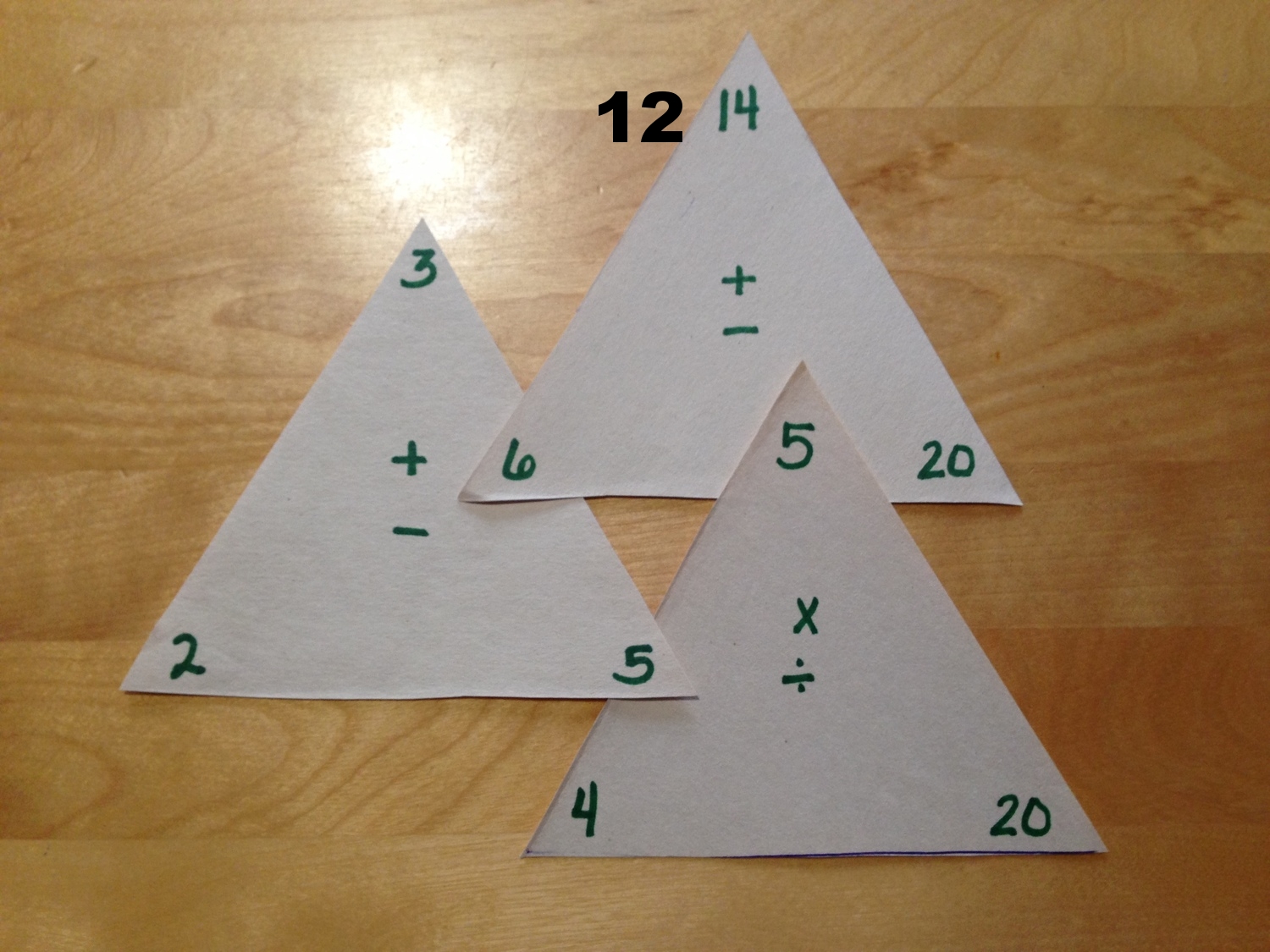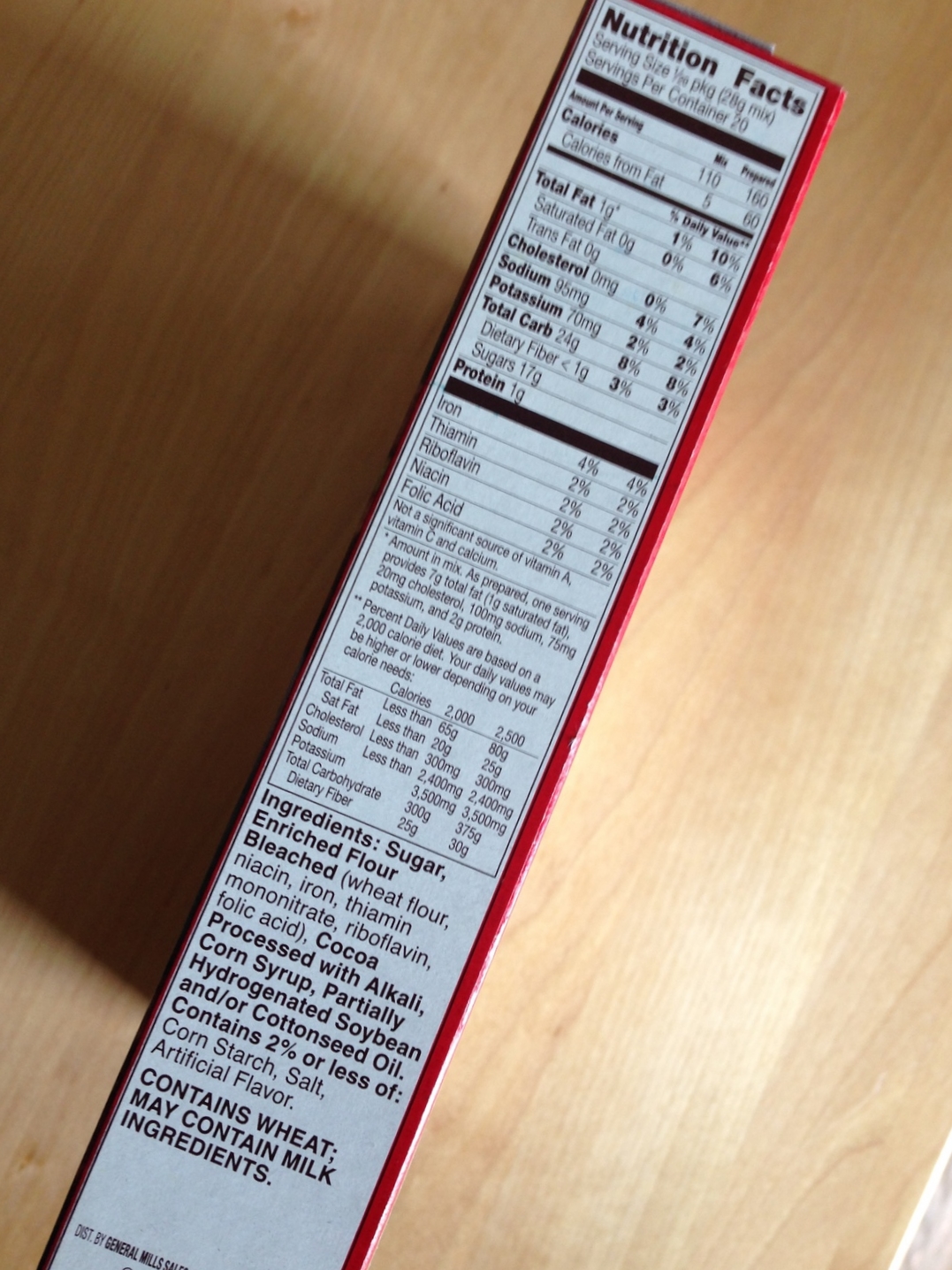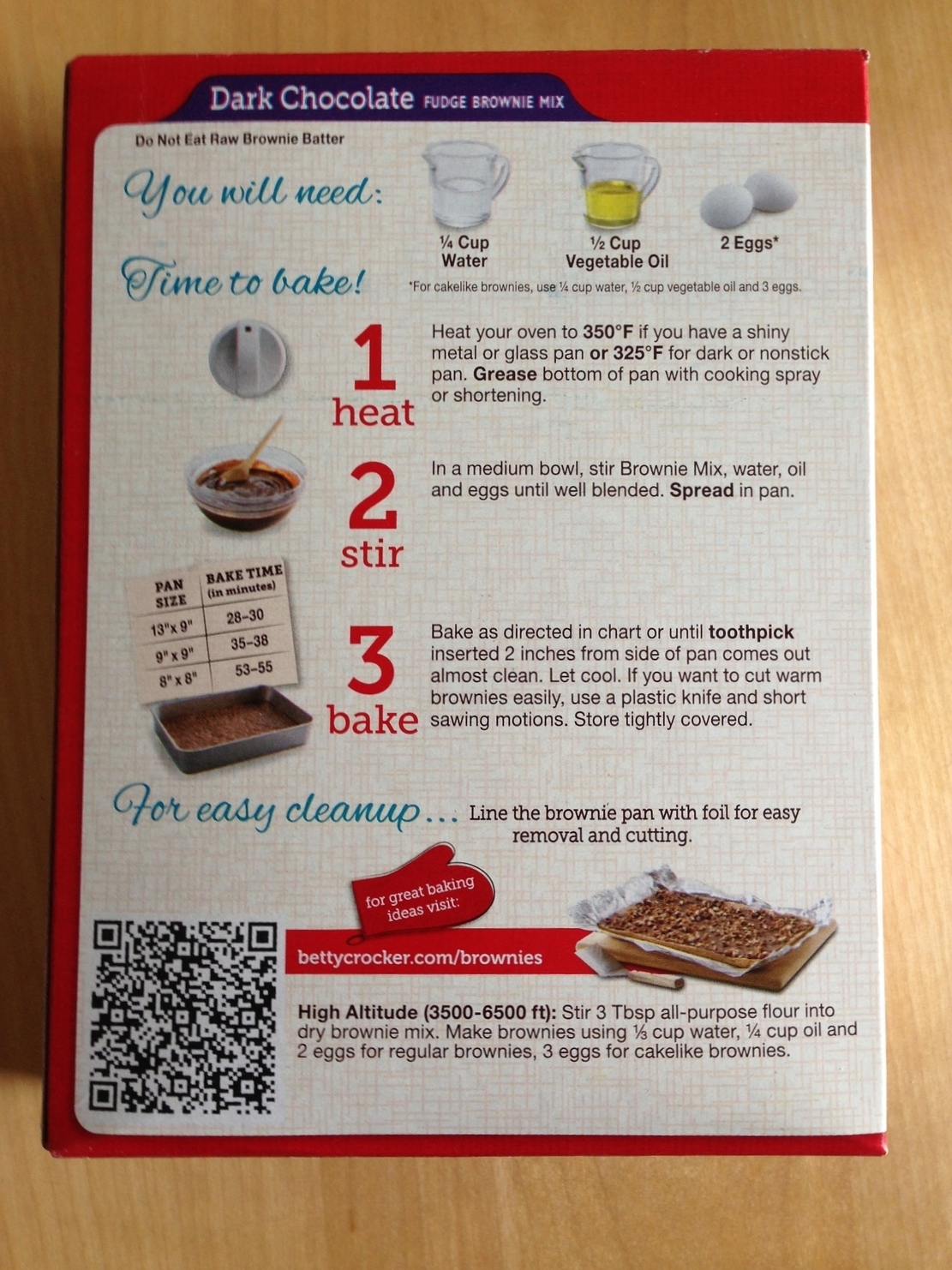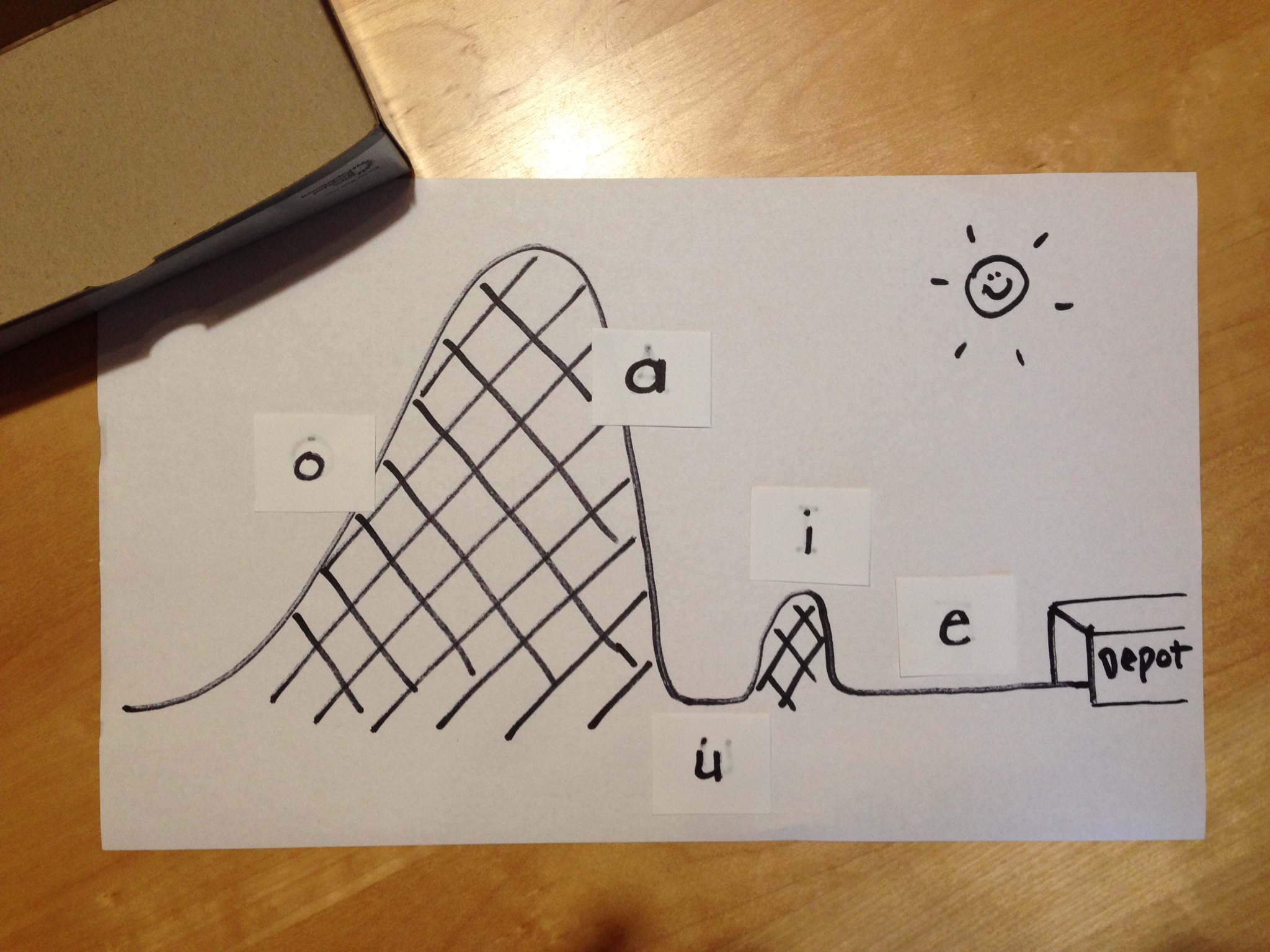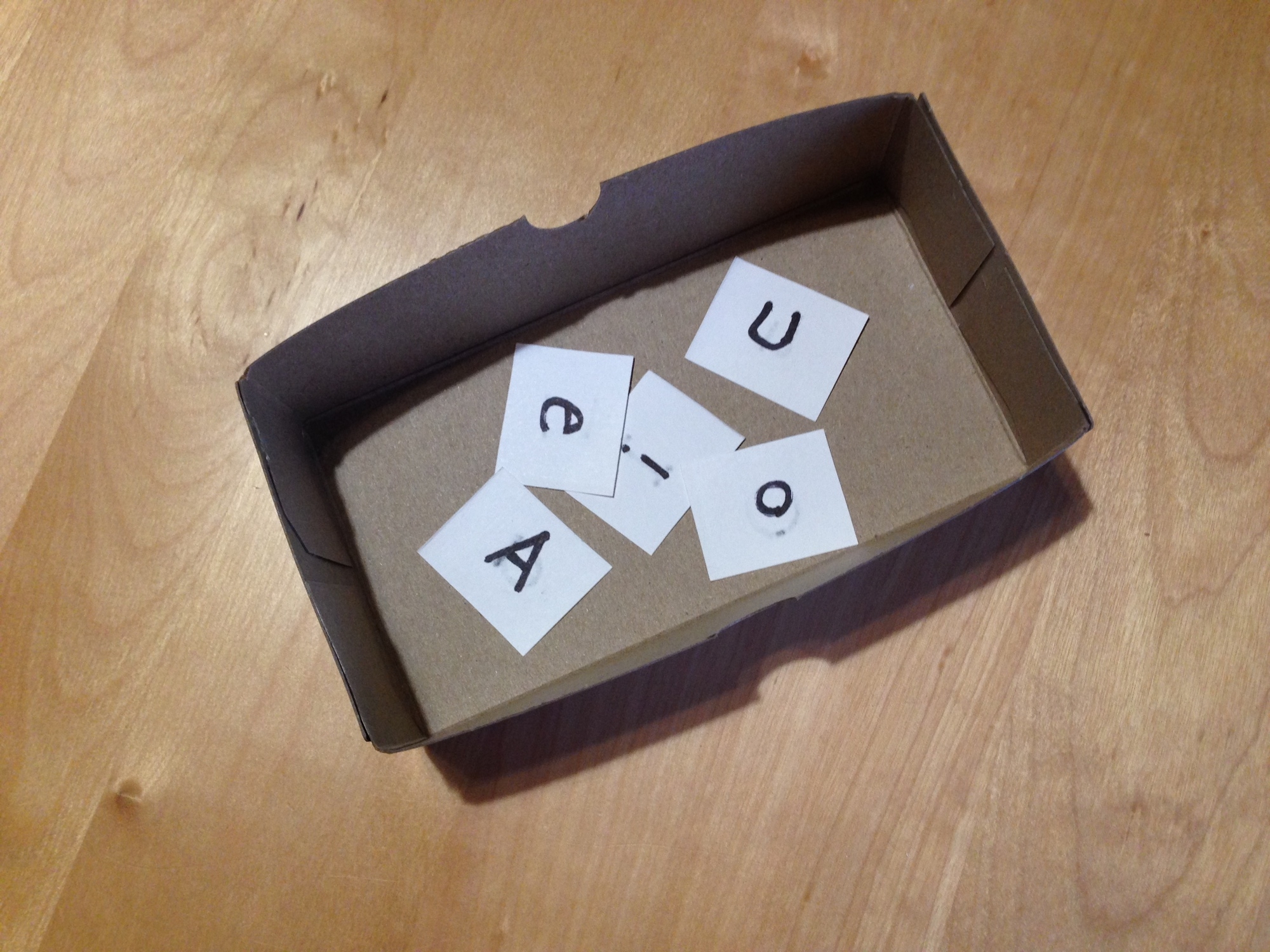Grab Bag Redux
With the summer months upon us, it seemed like a good time to revisit last year's grab bag post.
Wondering how to keep your children's skills fresh without making everyone (including yourself) crazy during the long summer days?
Make a grab bag!
Here's how:
- Place directions or skill activities inside a plain, brown paper lunch bag.
- Have your child pull an activity from the bag at predetermined times throughout the day.
- You can also use two bags - one for skill review and one for fun free-time activities or small rewards after each skill review is done.
- Reuse skill reviews or activities as needed/desired throughout the summer while adding new ones along the way.
- Select the number of activities based on the age and abilities of your child.
More ideas:
- Partner with your child to select the activities. This will help increase his/her ownership of them.
- Select some days to be set apart for scavenger hunts in which following directions is the focus.
- If your child has begun (or progressed in) reading, try using vocabulary that he/she can read and offer your encouragement to this end. Simple picture clues can supplement or replace written directions, if desired, to help your child be as independent as possible.
- If your child is a non-reader or if you want to work on listening skills, record your directions for the activities.
- Here and there, consider adding household chores or service-to-others projects that you would like to accomplish.
- You may want to make a "family bag" or have a different one for each child. It could even be fun to let your children make one for you (with guidance, of course).
- It might be a good idea to create a way to keep track of completed tasks - a chart? a special spot to place finished work when possible? another container to hold the slips of paper from the bag when the activity is done?
- Every now and then, enjoy a bagged lunch picnic as a reward for finishing a project or mastering a skill.



